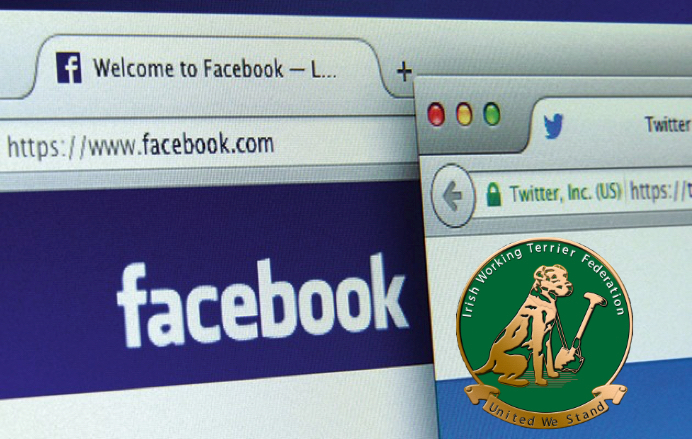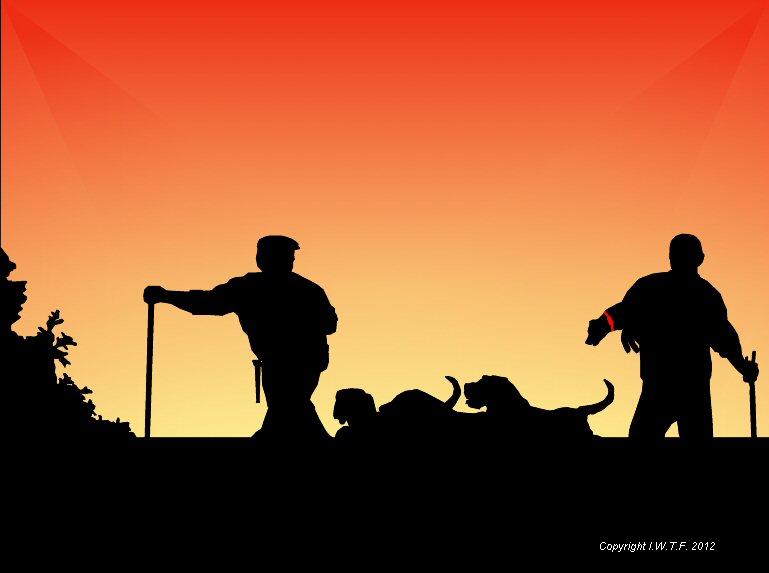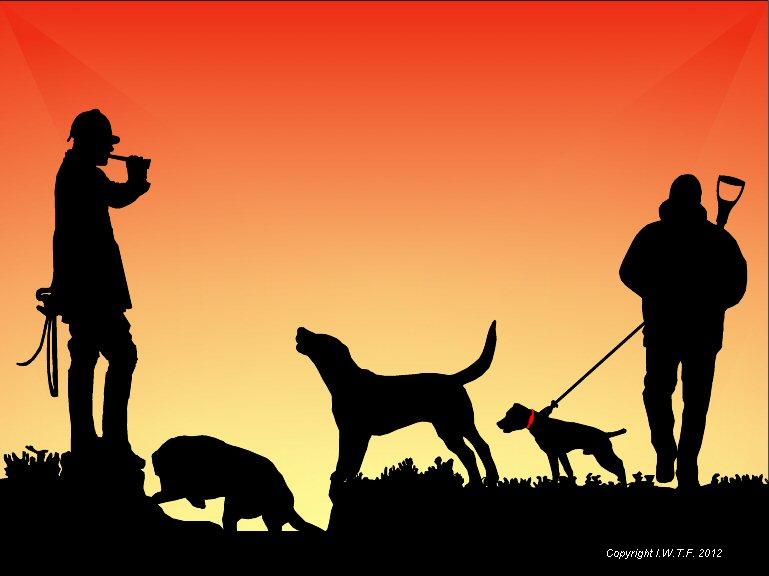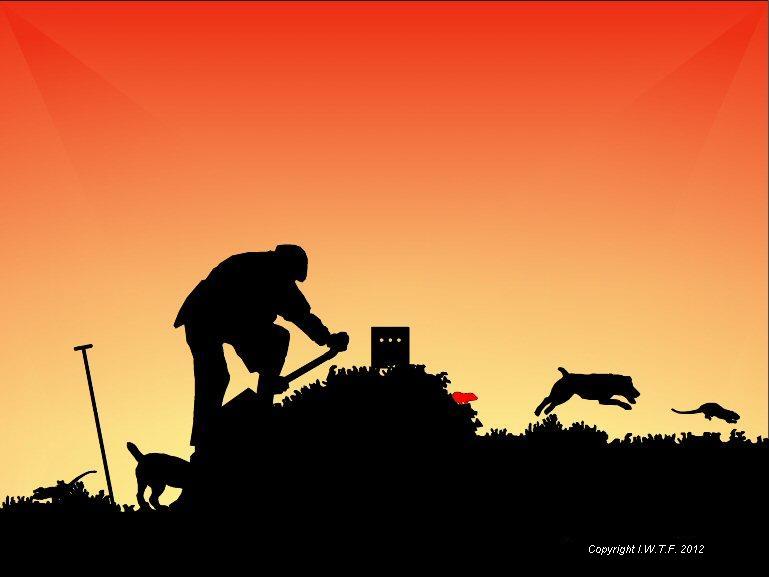Social media is no fad, nor is it only a way for insecure people to tell you what they are doing 24/7.
Social media, for those who are not familiar with the term, started with the advent of Facebook in 2004, was joined by Twitter in 2006 and now incorporates a variety of digital applications: Instagram, YouTube, Pinterest and Snapchat to name just a few. In a very short time it has transformed how society communicates.
Opinions are shared and sought on social media. Going online offers contacts when you don’t have the luxury of the time needed to meet regularly in person. In a community spread right across the country or even further, online links are invaluable.
From organising hunting political and social meetings, social media has tremendous potential as a tool to promote and protect the outdoors. It is also a way to learn from more experienced hunters and have fun ribbing your friends.
But outside the private groups and friendly posts is a place where certain individuals possessed of a self-righteous anger, and violent belief in their right to condemn those with different views, hide in the shadows. Thay can use it to try and enhance their ego or bully others.
Online they become what are known as trolls.
The real world is a place that online antis and anti-hunting social media groups love to leave behind. To see examples of the self-righteous Facebook pages or Twitter feeds of many who line up against the rural community, just browse any Anti-Hunting site.
Anti-Hunting groups are getting more sophisticated. Fake profiles on Social Media and the trawling of site Forums for material to use against the hunting community is becoming more widespread. Terrierwork is no exception, and has faced widespread scrutiny for posting images online.
Below are social media tips to avoid becoming the anti-hunters next target.
- Keep your privacy settings to ‘friends only’ on Facebook and other platforms so that only people you know and trust can view your content. Check these settings frequently as they sometimes change and different posts can have different parameters.
- Don’t accept invitations to connect with people you don’t actually know. Giving a stranger a glimpse into your personal life has ramifications.
- While admittedly a subjective topic, photos and especially videos that contain hunted quarry seem unnecessary to those not accustomed to or who don’t understand hunting. There’s no need to apologize for being a hunter, but there’s also no need to antagonize a situation by posting inappropriate images. An example for those who do not see the harm in what they could potentially do while posting an image, the “tee-shirt rule” should apply. Ask yourself would you wear a tee-shirt with the image printed on the front and walk around on a daily basis? If you would not then do not post in on the internet
With every social media post, you have a chance to educate the non-hunting public, a contingency who, through the ballot box, has the power to end hunting. You also have the chance to advance hunting and to tell the story of how hunters fund conservation and manage game.
You will never convince an animal-rights activist that hunting is necessary, so don’t concentrate on them. Frame every post not in emotional terms, but in science, sustainability, funding, biology and conservation. It’s about influencing non-hunters and helping them understand our role in conservation and wildlife management. If you feel you cannot advance those views, perhaps you should step away from the keyboard altogether.




